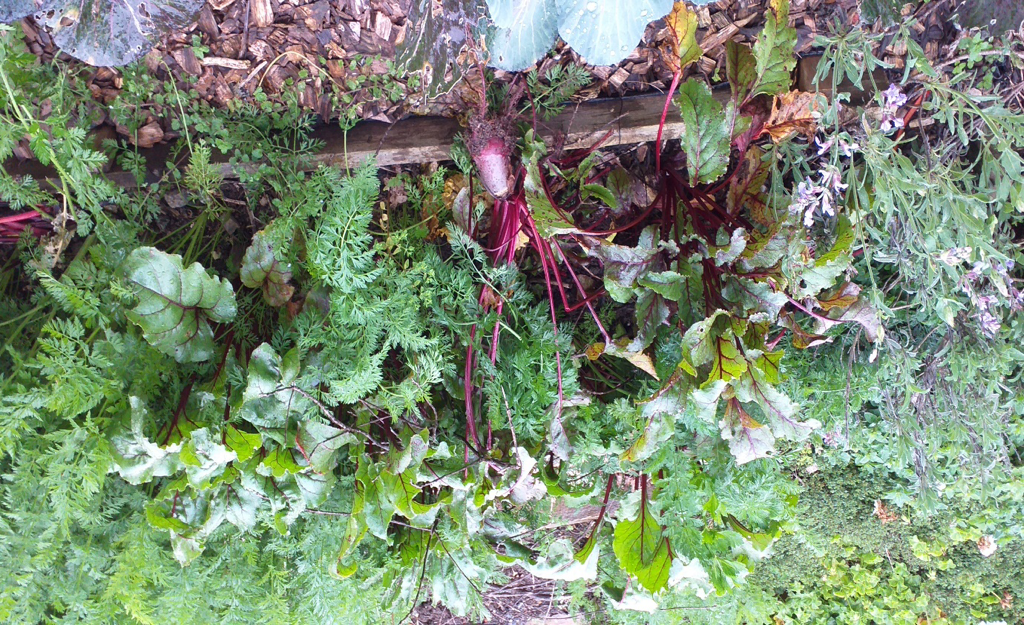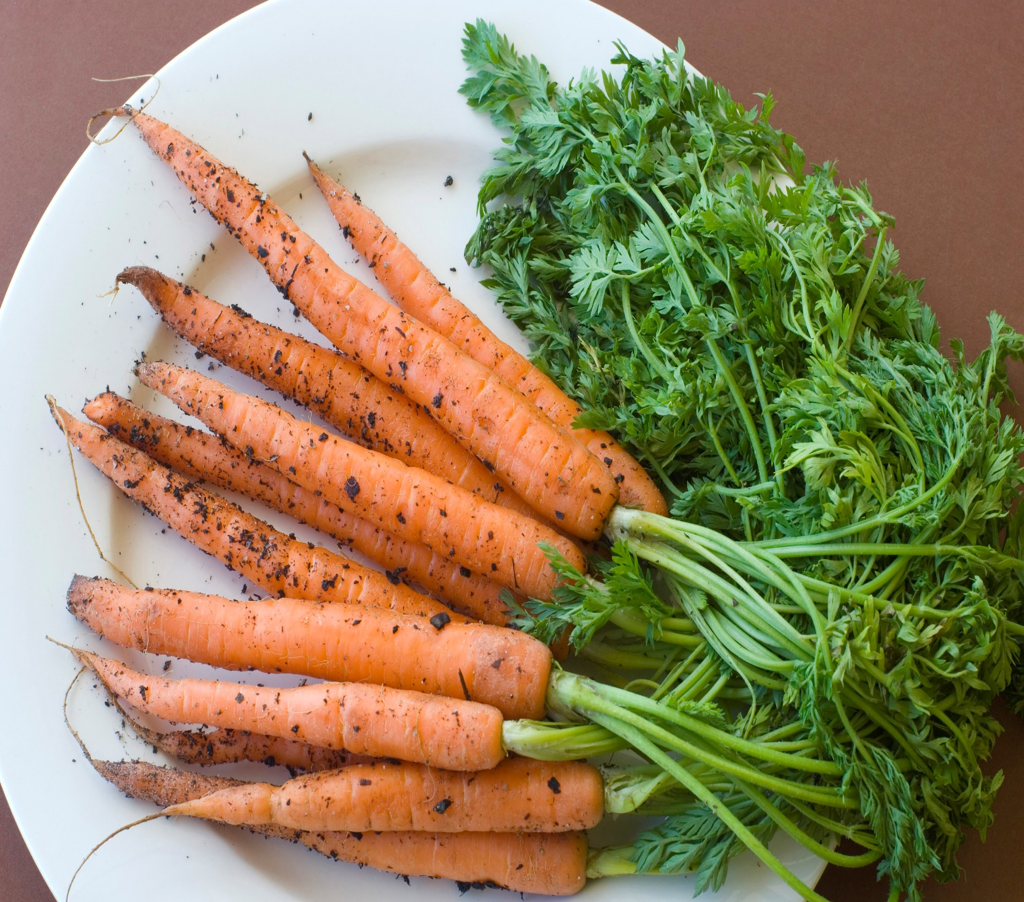|
I would like to feature Beetroot in this article as it is one of the easiest vegetables to grow in most Northland gardens and is so nutritious for vegans, especially being high in iron. One of the beauties of beetroot is that the whole plant is delicious. The leaves are similar to those of spinach and can be enjoyed steamed with a dash of olive oil a pinch of salt and freshly ground pepper, in a salad mixed with other greens or baked as a pie ‘crust’/ layered in lasagne or any other favourite way you eat spinach or silver beet. The root of course is great peeled and munched raw, grated or cubed in a salad or roasted, boiled, baked or steamed. Try it in burgers and in chocolate cake. Like all spinaches and chards though, when you have an abundance, just remember not to be tempted to serve the leaves generously for more that 2 - 3meals a week due to the high oxalic acid content. I aim at having a continuous supply of beetroot, so I plant all year round. Spring is the ideal planting time though and that is when I plant it in bulk to harvest in about 10 weeks from seed planted directly in the garden bed. I also bottle the sliced beets so prefer the cylindrical varieties. I plant the seeds about 25 mm deep and about 8-10 cm apart in a bed (not in rows, as I like plants to shade out any weeds). There is usually a very high success rate so I don’t see the need to plant more intensely then thin them out as many gardeners do. Mulch in summer is a good idea but if they are encouraged to be deep rooted (by watering heavily and infrequently) they are not too water sensitive. Mulch will help suppress weeds too. Beetroot is not a gross feeder so is ok planted after well manured crops like cabbages, cauliflower, broccoli, sweetcorn or tomatoes. Beetroot will thrive in almost any soil that has plenty of organic matter, is well drained and relatively low in nitrogen. It can even handle a bit of seawater (trace elements). Another advantage of planting beetroot after gross feeding crops is that they are almostpest free so can act as a buffer crop to prevent the perpetuation of disease from one crop to another. Beetroot also grow well in a large pot or tyre sized garden and don’t need staking so are a good start for any beginner gardener. Another root vegetable that I love to pick fresh from the garden is carrots. It can be tricky to get started so many people give up, but I would like to share my year after year success tips for growing carrots in Northland clay - based soil with anyone interested. Yes, carrots are relatively cheap to buy and easy to findyear round but there is nothing like produce fresh from the garden. I learned these tips from Peter Bennett’s “Organic Gardening” published in 1979.
The soil needs to be well aerated (earthworms) to a depth of 30 - 40cm, have good drainage, and mulching in summer to prevent overheating. Make sure the surface has no clumping and has a relatively flat surface (fine tilth). Carrots don’t like too much nitrogen so, like beetroot work well as a crop to follow on from more gross feeding crops. I rarely fertilise carrots. Carrot seeds are very fine so I mix them thoroughly with sand and broadcastthem over the prepared bed but many people like to sow in rows. They do not transplant well so are best sown directly into the garden bed. I then cover them with a thin layer of the same soil (sometimes a sprinkle it from an old colander) to a depth of up to 1cm. I then go over it with a brick or heavy board to compact the soil. I then lay an old duvet or similar (old natural fibre underfelt works wonderfully) over the bed and I water the area thoroughly through that and keep the blanket moist for 4 days. Check whether the seeds are starting to sprout. When they are, remove the cover at night (so they don’t get too much of a shock from the light and heat). Keep them well and gently watered and provide some shade for the next week or two if the sun is fierce. Thinning can be done when the plants are big enough to pull out. You can thin two or three times and the later thinnings can be of a useful size. Happy gardening! Comments are closed.
|
AuthorWhangārei Vegans Committee member(s) Archives
October 2021
Blog Categories |

